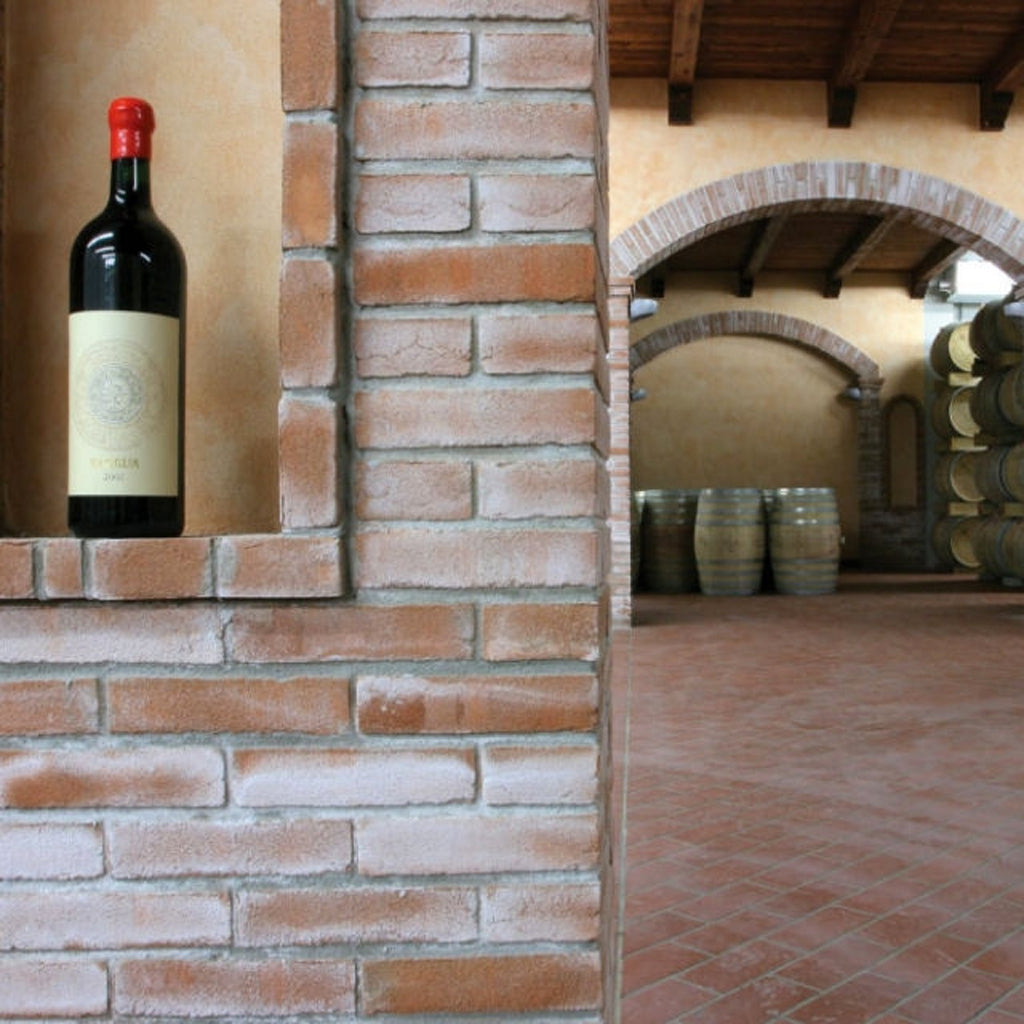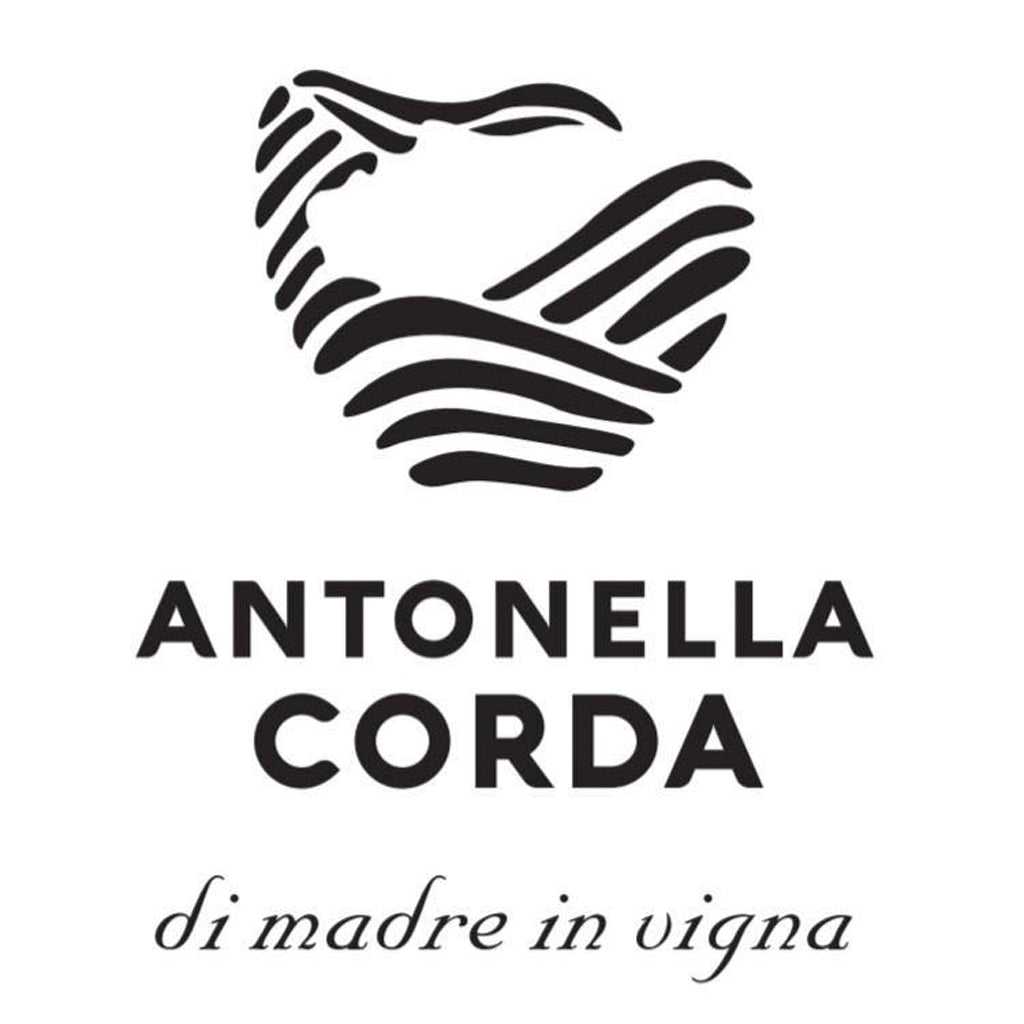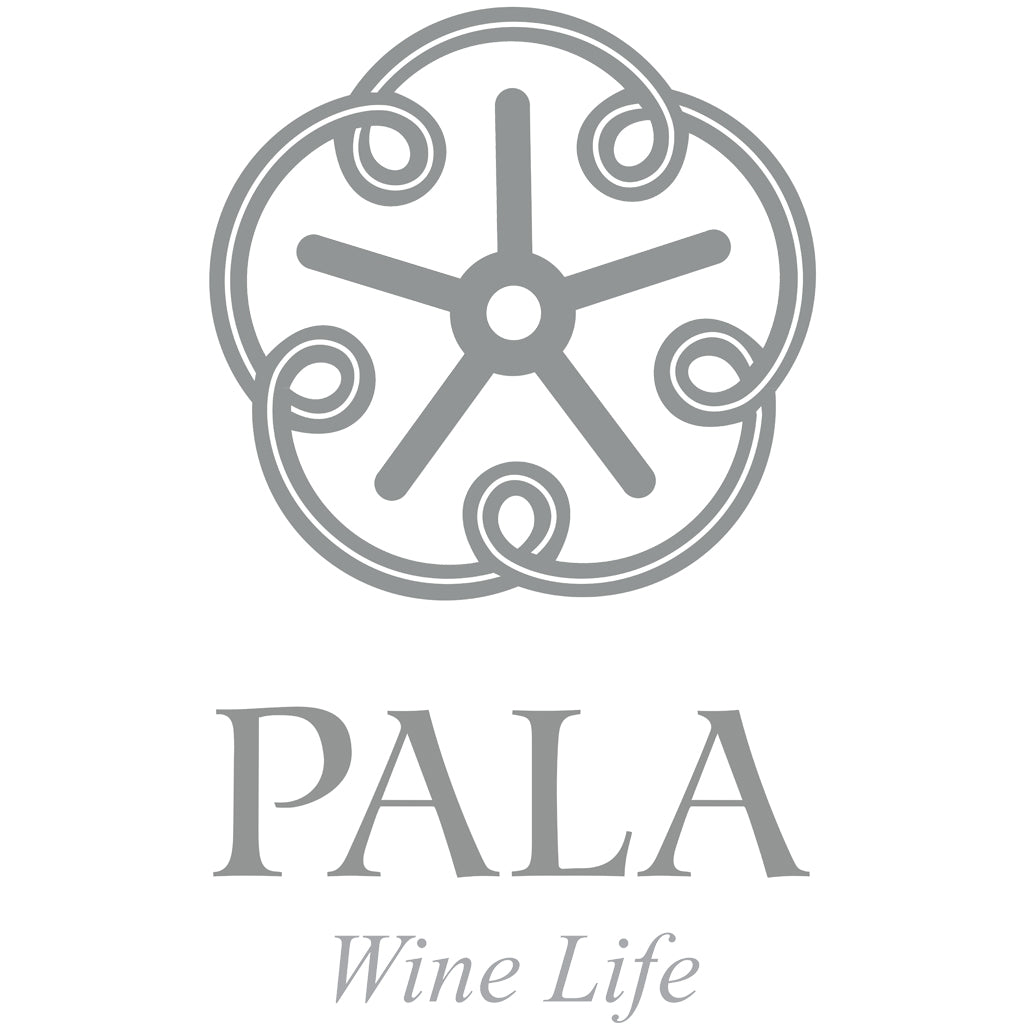Italy | Sardinia (Sardegna)

Sardinia is the second largest island in the Mediterranean and whilst known as Sardegna to its Italian-speaking inhabitants, it has belonged to various empires and kingdoms over the centuries. This historic influence is reflected in its place names, architecture, languages and dialects, and also gives its wines a unique character.
The range of grape varieties planted in Sardinia bears little resemblance to those in any other Italian wine region. The closest mainland wine regions to Sardinia are Tuscany and Lazio and yet the principle grape varieties grown in these two regions (Sangiovese, Montepulciano, Barbera, Trebbiano) are almost nowhere to be seen in the island's vineyards. Instead, varieties of French and Spanish origin are more common including widespread plantings of Grenache (Cannonau), Carignan and Cabernet Sauvignon.
Sardinia’s white wine industry is characterised by grapes that are seldom seen in other parts of Italy, such as Nuragus, which is planted alongside classic Mediterranean varietals like Moscato and Malvasia. Vermentino is now widely planted, making clean, fresh wines, such as the dry Vermentino di Gallura, Sardinia’s sole DOCG appellation, which has far more commercial appeal in international markets.
Many of Sardinia’s red wines show a Spanish influence, particularly with Cannonau, which is widely planted and is related to Spain’s Garnacha. Similarly the Spanish Carignano grape performs well on the island with excellent wines produced in the DOC of Carignano del Sulcis in the Southwest of Sardinia.
From£24.50








